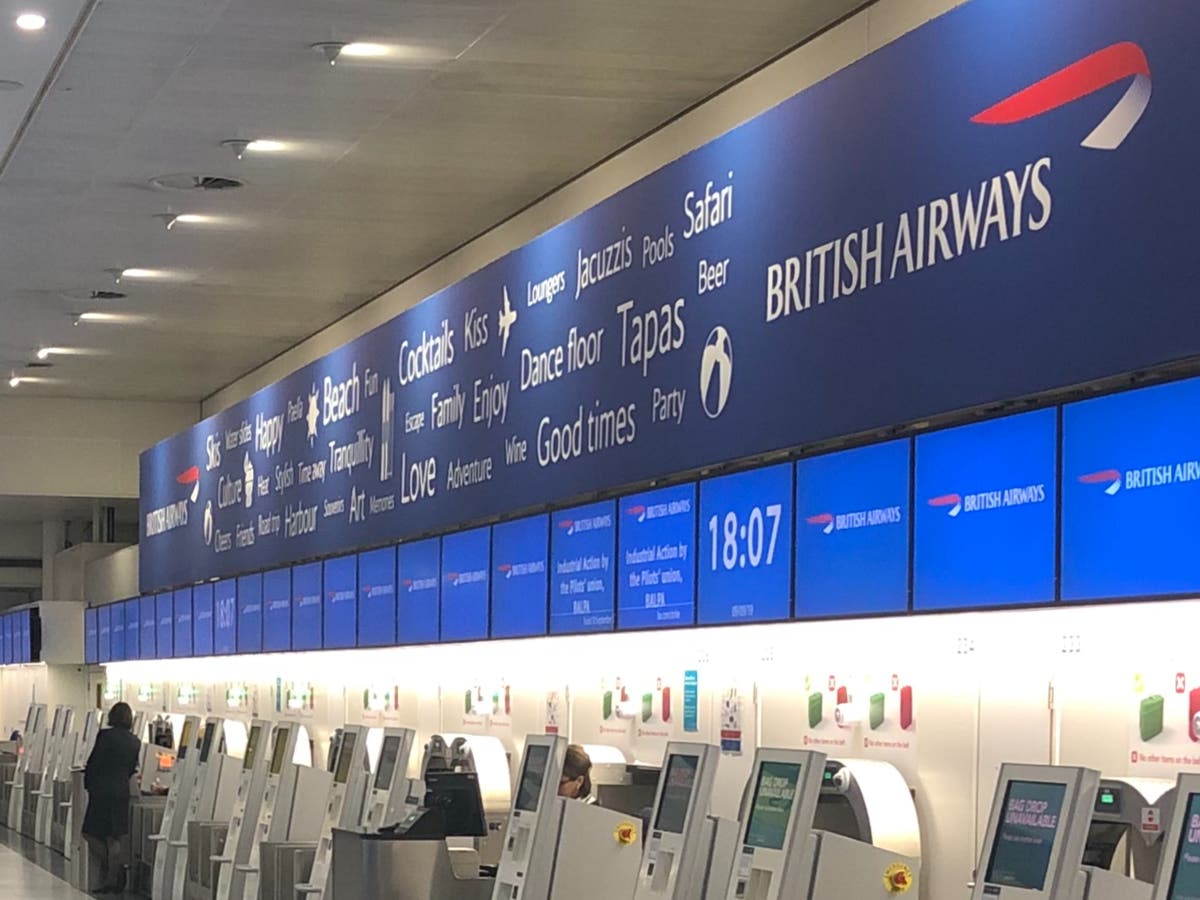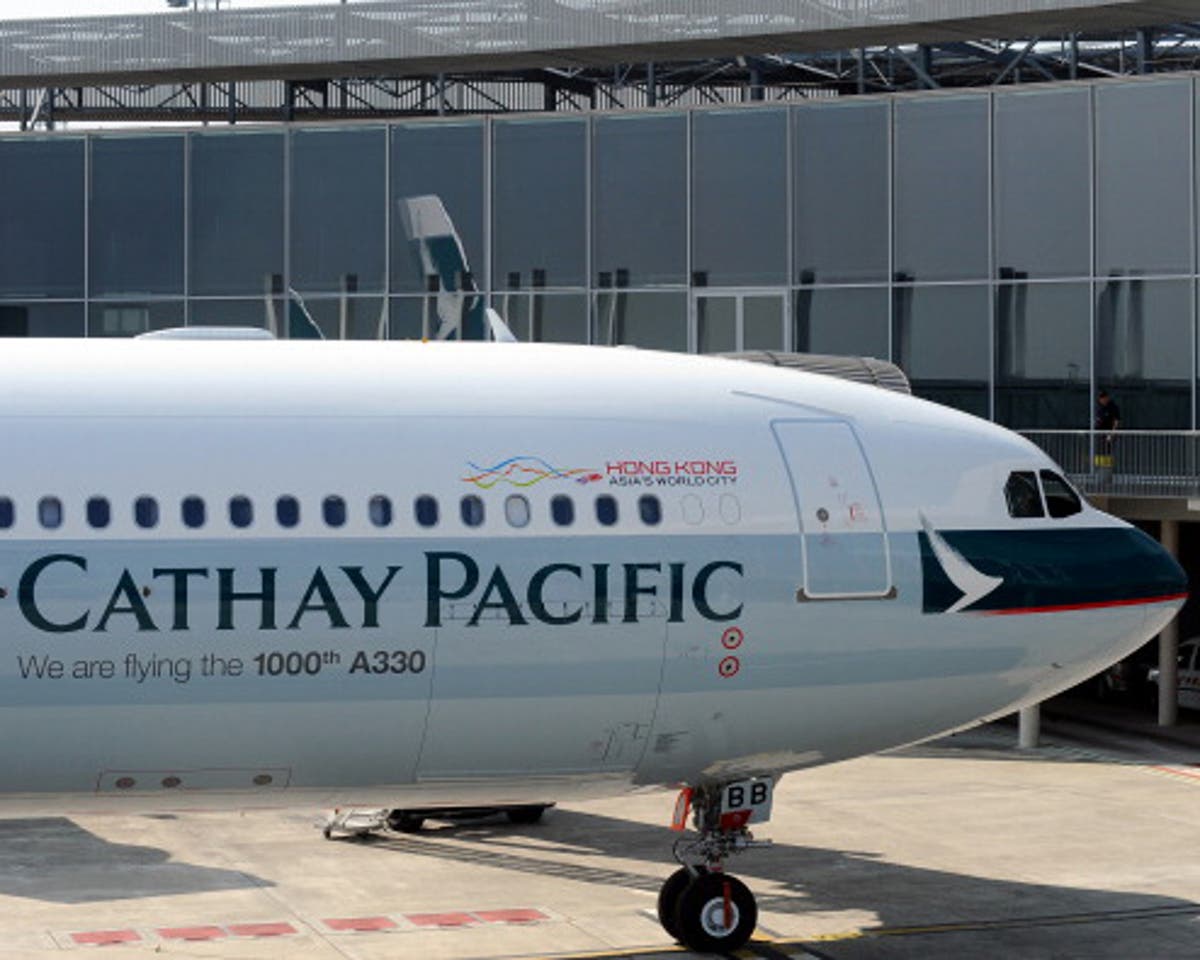Experts share tips on protecting pets during flight emergencies
Experts suggest keeping pets inside a hard-shelled carrying case for in-flight emergencies


Sign up to Simon Calder’s free travel email for expert advice and money-saving discounts
Get Simon Calder’s Travel email
With summer travel well underway, more and more eager flyers are booking trips to faraway destinations, planning for a long-awaited break. According to a report by the Transportation Security Administration, a record number of travelers are estimated to be flying this summer, with TSA expecting to screen three million passengers in one day.
While travel numbers surge, the number of in-flight emergencies increases, too. Earlier last month, a 73-year-old British man tragically passed away from a heart attack after experiencing 19 seconds of severe turbulence on a Singapore Airlines flight from London’s Heathrow Airport.
Now, safety protocols and best seat suggestions are being offered by pilots and aviation experts, urging travelers to keep their seat belts buckled. But what about the pets and service animals on board? What are they to do in an emergency?
Deborah Mandell, a clinical emergency and critical care professor at the University of Pennsylvania’s School of Veterinary Medicine, spoke to The Washington Post on the plan animal owners should have in case of bad turbulence, fires, or mechanical issues that may occur in the air.
If a flight suddenly becomes dangerously bumpy, Mandell urges people to remove risky objects from an animal’s casing such as toys or food. According to Mandell, a layer of soft padding should be kept in their carrying case.
The case should be stored under the passenger’s seat when the flight gets choppy. Liz Rozanski, a critical care veterinarian at Tufts University’s Cummings School of Veterinary Medicine, told the outlet that owners should opt for a hard-shell case.
“The stiffer ones are more like a child’s seat,” Rozanski noted, adding that the hard exterior helps to block rolling items.
Because service dogs aren’t always required to be kept in a carrying case, some owners may not bring one on board. In this case, Mandell said the owner should place the animal between their legs on the floor. The owner’s arms should be wrapped around the animal’s chest, ensuring the position is comfortable for themselves and their animal.
Next, Mandell says owners should try and grab one of the extra oxygen masks, if possible, and fit it on their animal. If there isn’t an available air mask for the animal, Mandell suggests the owner shares, switching every 15 seconds. However, if there is an extra, owners should be aware that the mask may not be the right proportion depending on the animal.

“Because of all the different conformations of dog heads, it may or may not stay on with just the elastic. So you may just have to hold it,” Mandell admitted.
The mask should be placed over the animal’s snout so they can inhale the oxygen.
For flights over large bodies of water, owners should bring the proper life vest for their pet in case an emergency landing in the water is necessary, according to Mandell.
When it’s time to evacuate the plane, Rozanski says pets should be carried out in their carrying case.
“If the plane is burning up, I would take the carrier with me,” Rozanski noted. “If somebody says no, I would jump anyway.”
That said, several airlines instruct their passengers to leave all luggage and bags behind during emergency evacuations, including animal cases. So, if the owner does choose to ignore this rule, they may get in trouble.
Pets that aren’t service animals won’t be trained in evacuation protocol. For any regular pets, Mandell instructs owners to prop their animal on their lap with the animal’s bag against their chest going down the slide. The animal’s legs should be in the air as well.

 Troov
Troov 
































